DAKAR: Road to Rally
Published By: PCAR_ORIGINAL
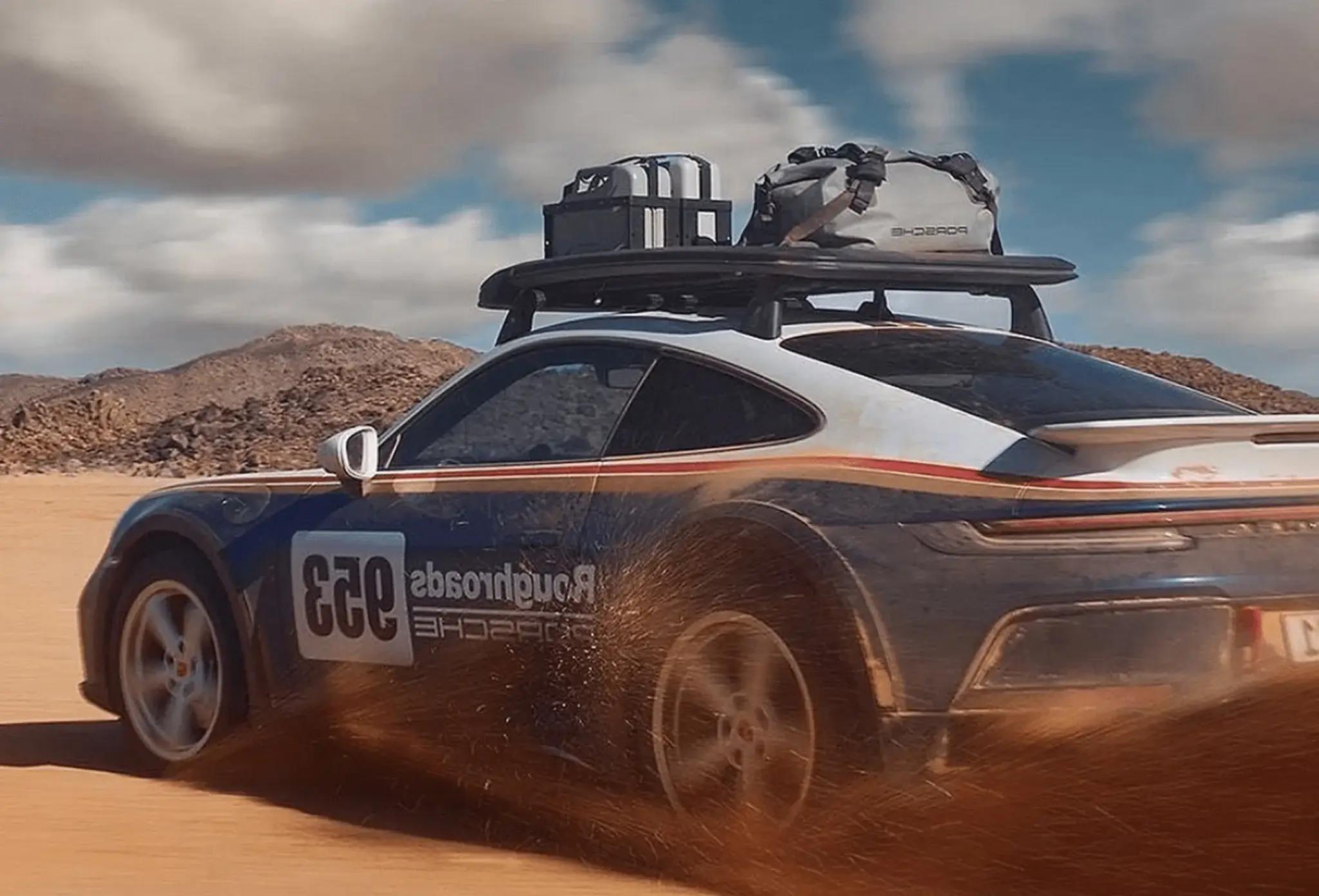
Founded by Thierry Sabine in 1977, the Dakar Rally has become a proving ground for the most skillful drivers and off-road machines. Competitors must traverse expansive and difficult-to-navigate terrain in the least time possible, overcoming obstacles such as sand dunes, mud streams, gravel, boulders, and ravines. While drivers raced for glory, engineers were faced with new challenges that bore some of the most legendary off-road homologation cars from the likes of Range Rover, Mercedes-Benz, Porsche, and Peugeot.
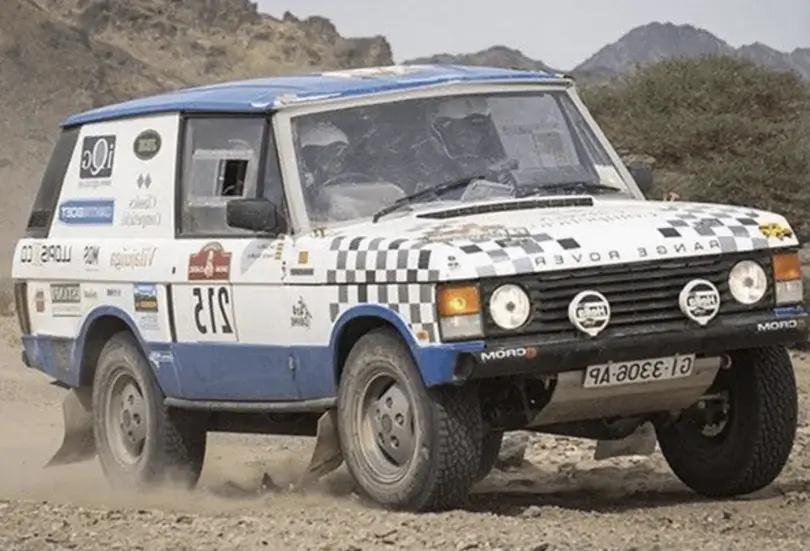
Range Rover V8
In the earliest years of the rally, the course stretched from Paris to Dakar roughly 6,200 miles, paved by way of cars, motorcycles, and trucks before they were separated into various classes. The early dominator of the rally was Range Rover, piloted to victory in the first-ever event in 1979, and again in 1981, using its stock 3.5-liter V8 and the slightest modifications including a steering damper, an extra fuel tank, a winch, some window deletions, and a few livery stickers.
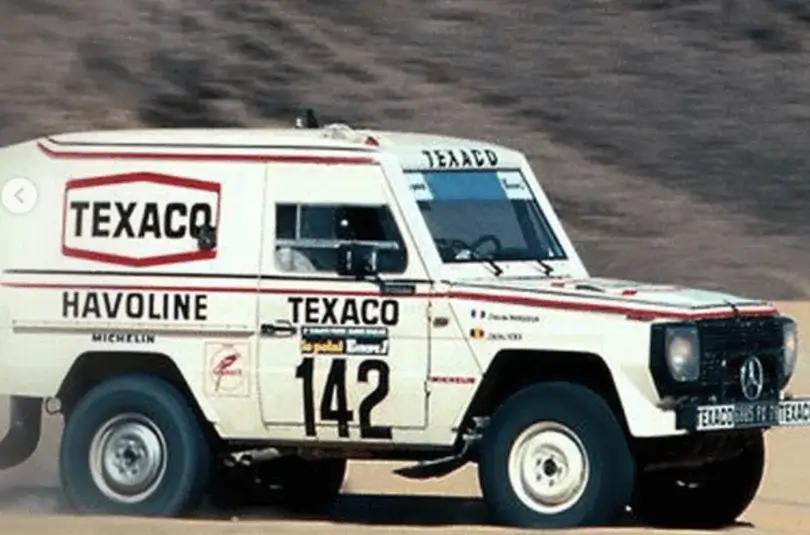
Mercedes-Benz 280 GE
Mercedes Geländewagen is regarded among the most robust and capable 4x4s of all time. The design was proven when a 280 GE stormed grueling sand dunes to first place at the second Dakar Rally to date in 1983. While the 280 GE rally car was based on the production models, the bodywork was optimized and made lighter with aluminum parts, the engine output was increased to 230 HP, and the front axle was modified. The rally vehicle was also fitted with stronger springs, special shock absorbers, and all-terrain tires. The 1983 race was the first and only time an automaker would win the Dakar overall with two vehicle classes, as Mercedes-Benz also won the truck classification that year with a 1936 Mercedes-Benz AK medium-duty truck.
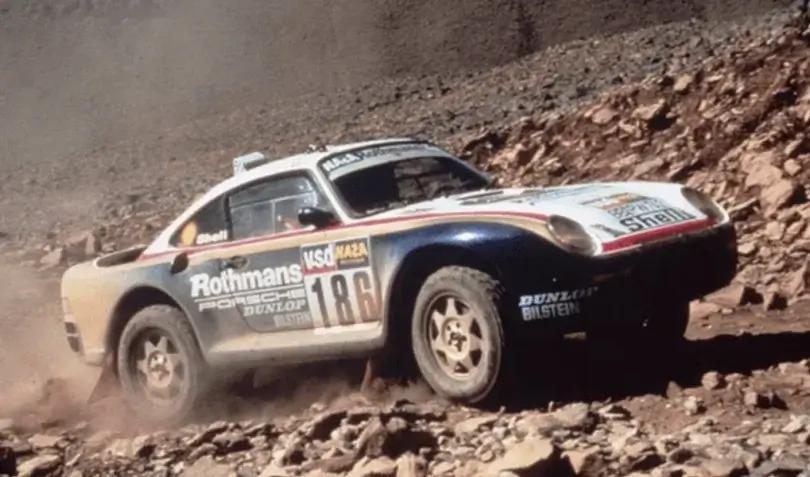
Porsche 959
The first Porsche Dakar Rally cars were essentially modified 911 Carrera models, known internally as the 953, and were entered in the 1984 Paris-Dakar Rally where they finished 1st, 6th, and 25th. Beneath their familiar bodywork, these cars tested an all-wheel-drive system in development for the advanced 959 supercar, which would go on to place 1st, 2nd, and 6th at the Dakar Rally in 1986. Porsche's experience in the rally gave way to the first all-wheel-drive Carrera 4 model in 1989 and continues to inspire with the introduction of the new 911 Dakar, a spiritual successor to the original 953 limited to just 2,500 examples in total.
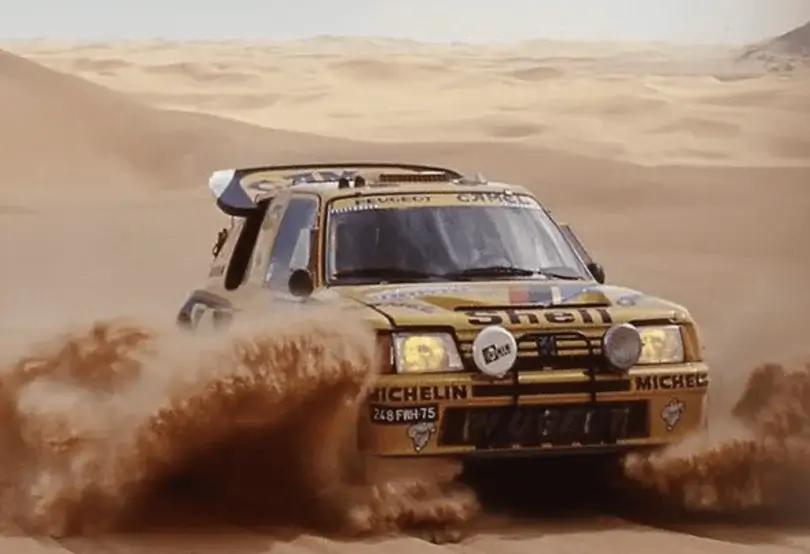
Peugeot 205 Turbo 16
To homologate the 205 T16 Group B rally car, Peugeot was to produce no less than 200 road-going examples based on a current production model. Peugeot opted to base the Group B rally car on the two-door version of the 205, heavily modifying the bodies before welding in a transverse firewall between the B-pillars. The rear frame was built in a mixture of sheet steel profiles and tubes, and the front was modified similarly with a tube frame carrying the suspension. The completed bodies were delivered to Simca (Talbot) for the 200-series production cars, and to Peugeot Talbot Sport for the competition versions. Equipped with special mid-mounted 16-valve engines, these Peugeots competed at Dakar for two years consecutively winning first place from 1987 to 1988.
AUTHOR: AUTOADDICT











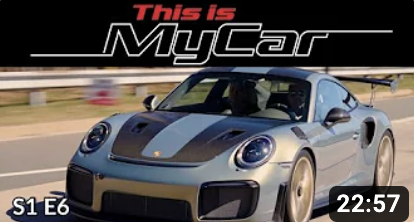
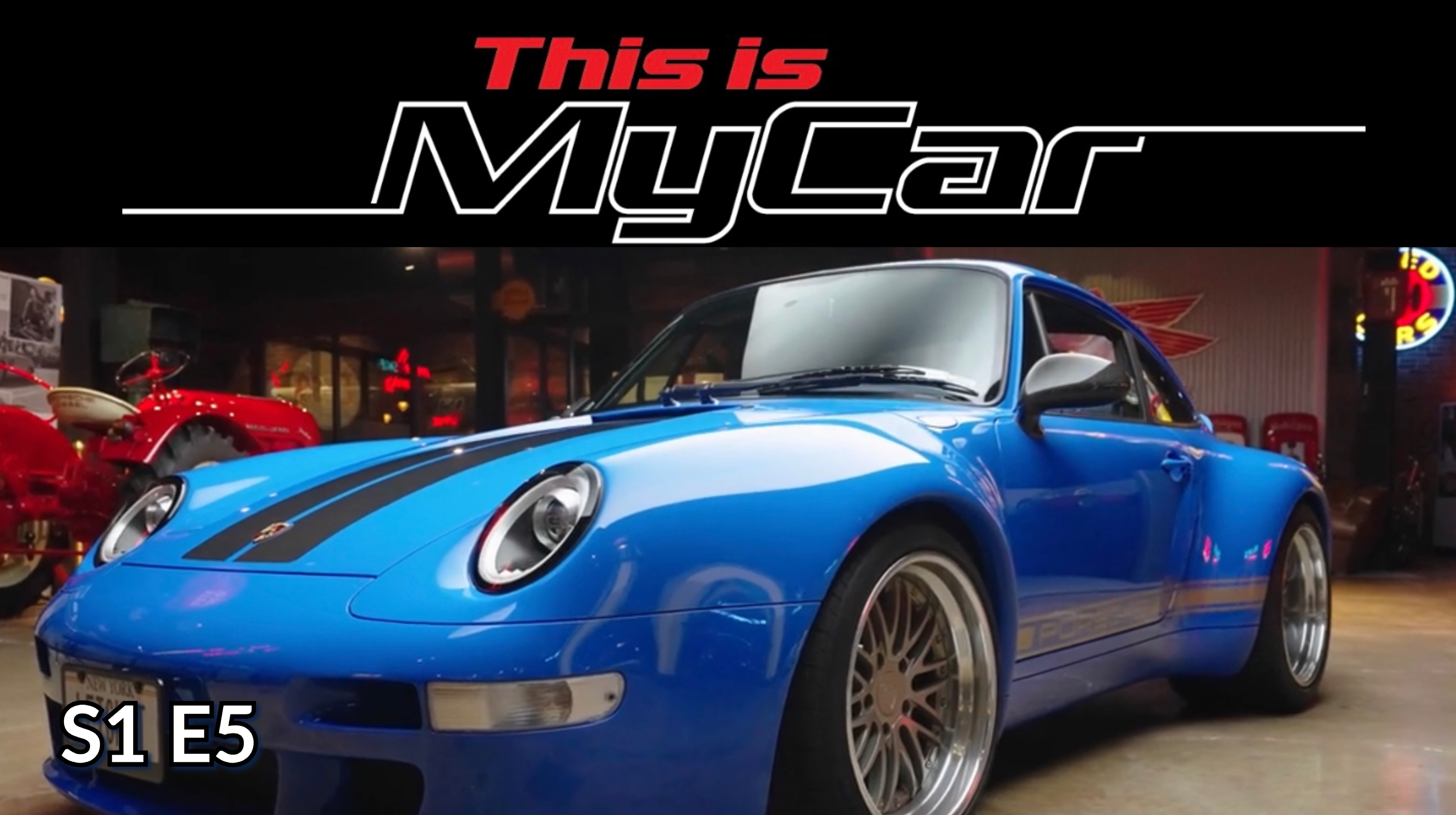
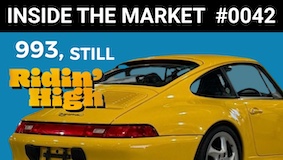

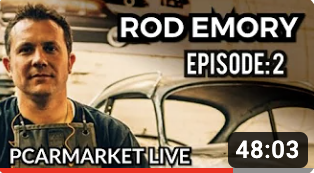


Comments (0)
There are currently no comments.